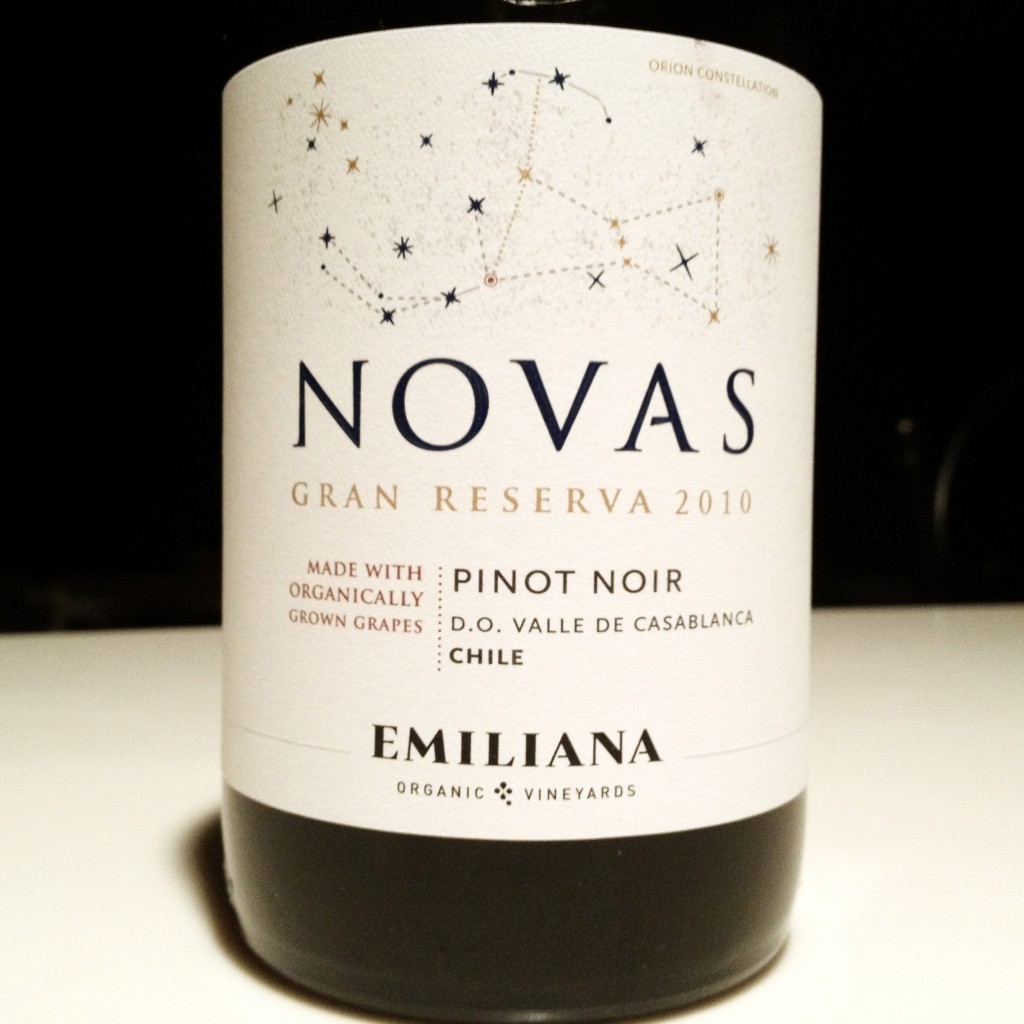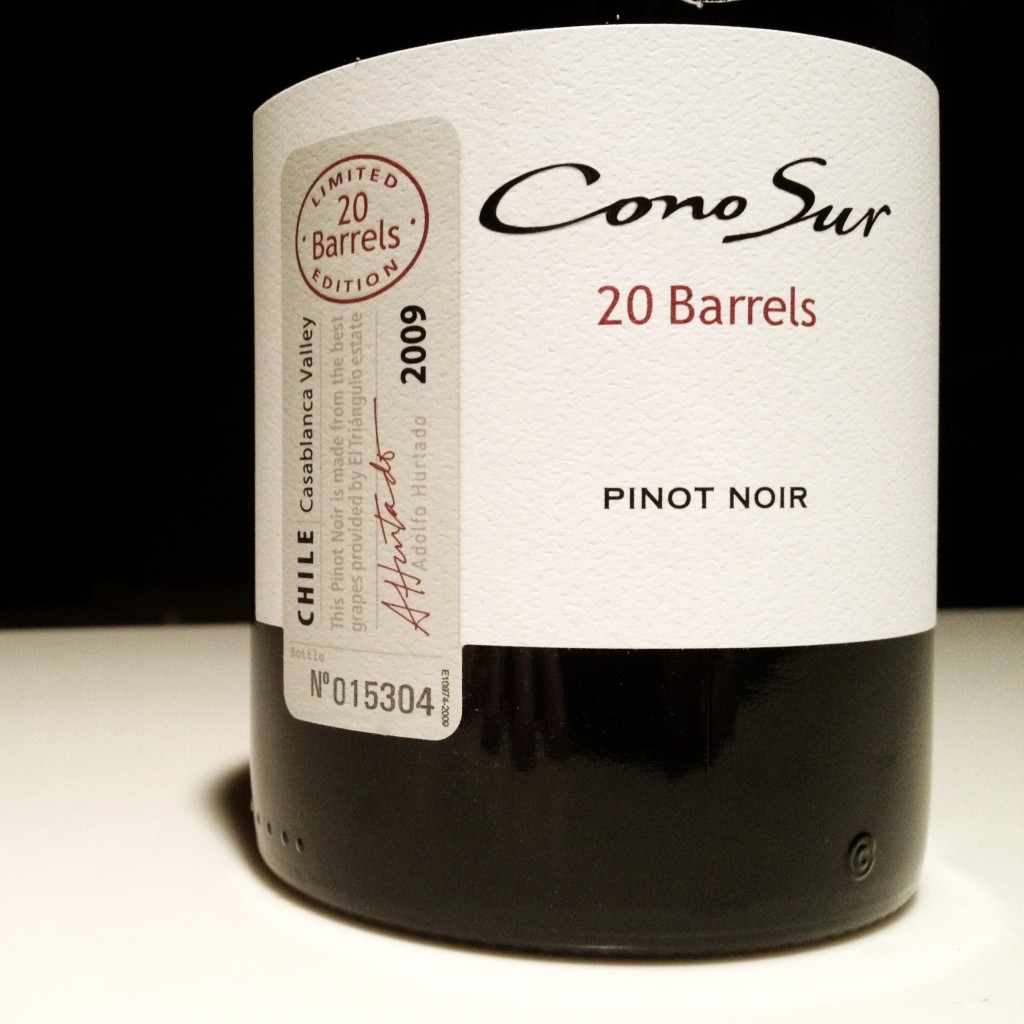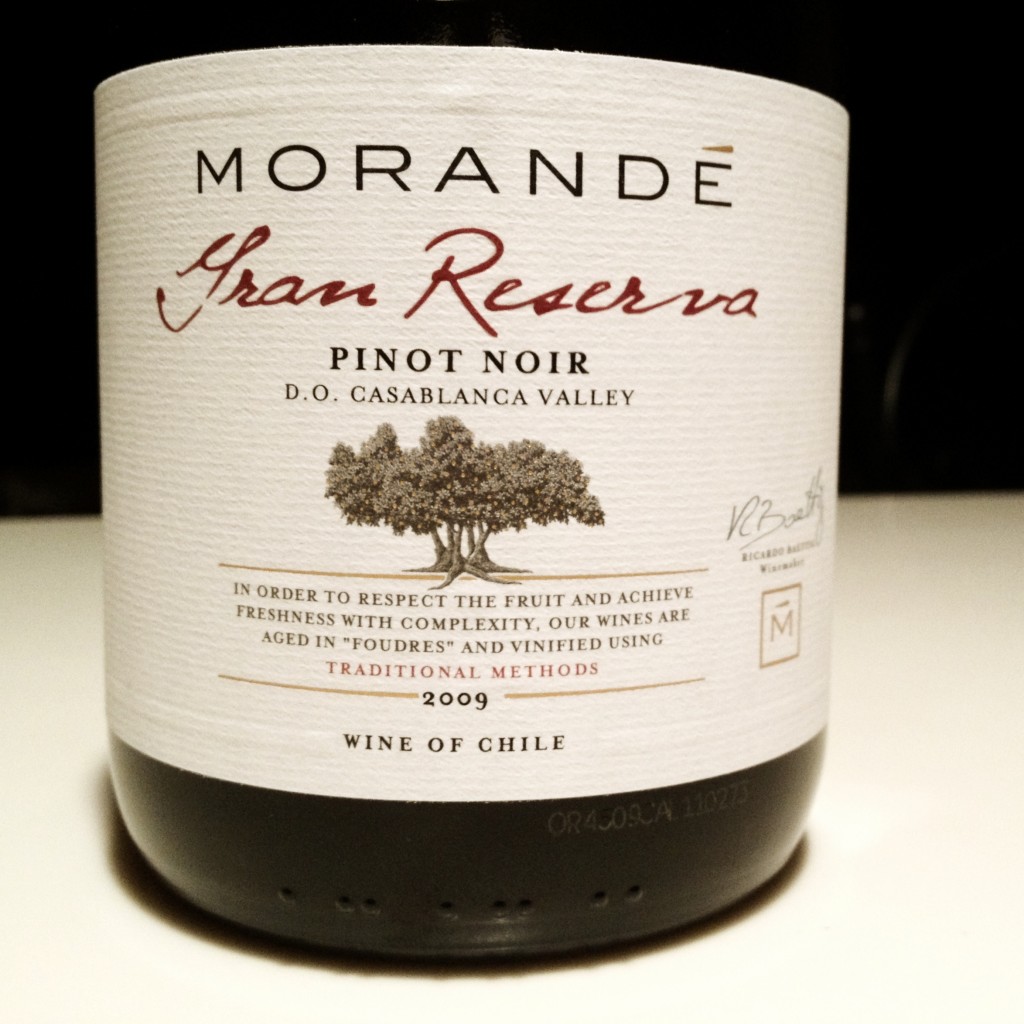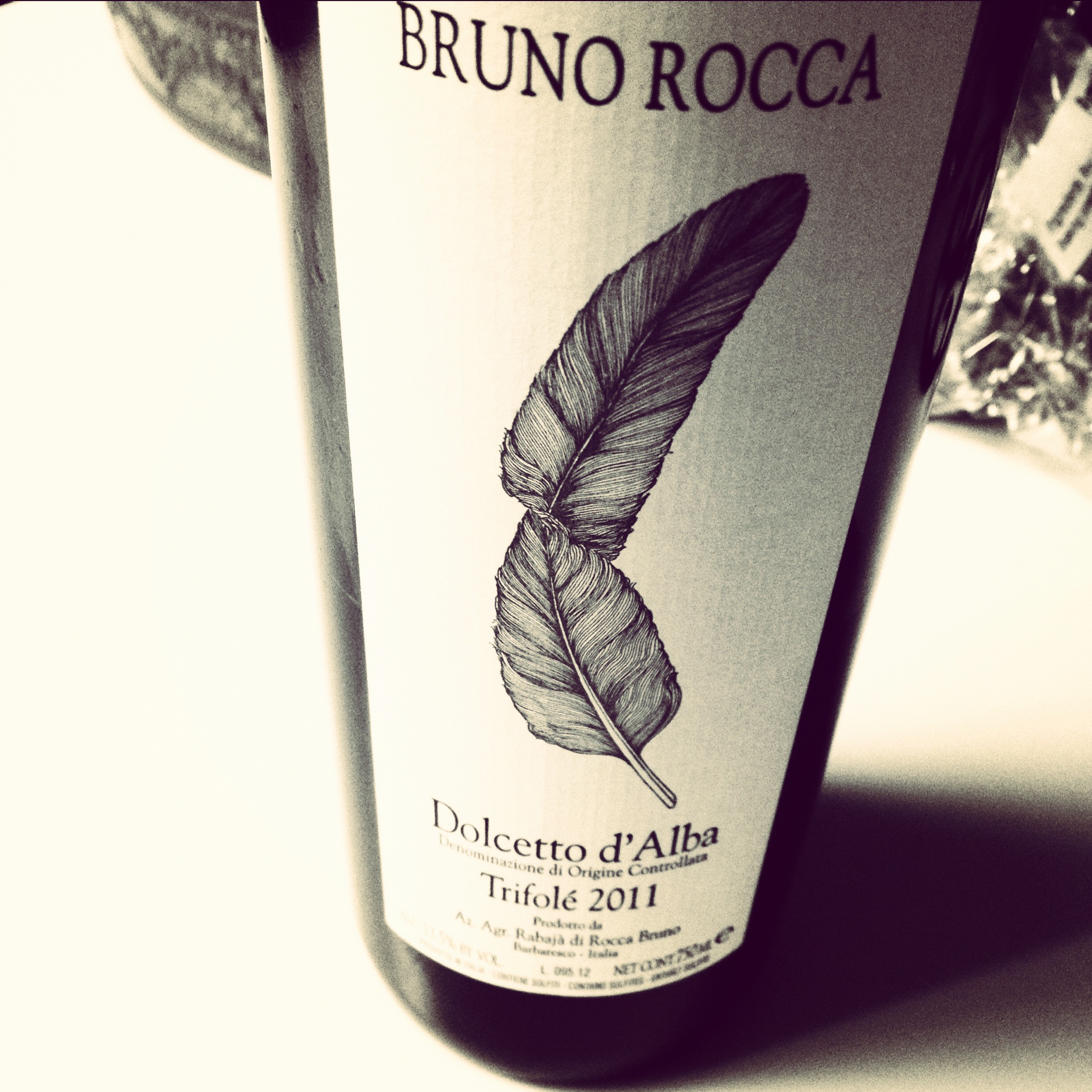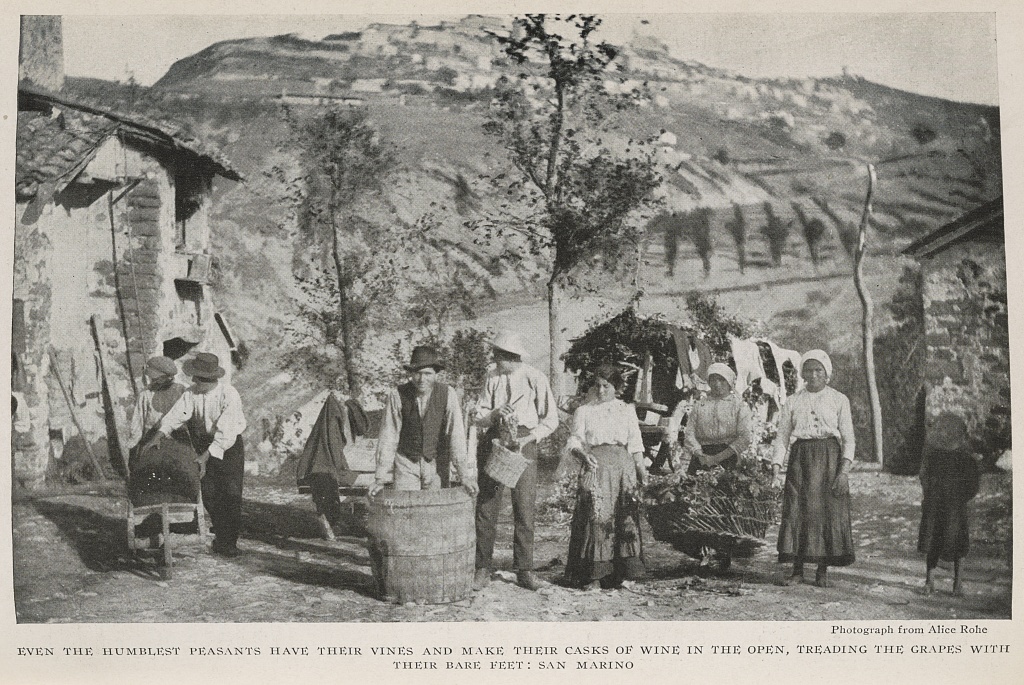The always delicious KUNGFU GIRL Riesling (2010) #hiiiiiiiiiiiiya #vinegeekapproved #vinegeek 
on Instagram: http://instagr.am/p/SjmIC_M56r/
All posts by Jim/VINEgeek
Wine: Global Warming Poster Child?
 If traditional sugar-beet growing regions in eastern Colorado had to move north, nobody would care. But if wine grapes can’t grow in the Napa Valley anymore—which is an extreme statement, but let’s say so for the sake of argument—suddenly you have a global warming poster child right up there with the polar bears.
If traditional sugar-beet growing regions in eastern Colorado had to move north, nobody would care. But if wine grapes can’t grow in the Napa Valley anymore—which is an extreme statement, but let’s say so for the sake of argument—suddenly you have a global warming poster child right up there with the polar bears.
David Graves (co-founder of Saintbury), quoted in Grapes of Wrath article at Mother Jones.com
Wines of Chile Terroir Master Class – Part 2: Pinot Noir
Chilean Pinot Noir is not something I have a lot of experience with, so I was happy to get to taste three side-by-side as a part of the Wines of Chile Terroir Master Class blogger tasting. I’ve previously posted about the three Sauvignon Blancs that were a part of the tasting. And there will be two future posts on the other varietals included: Carmenere and Cabernet Sauvignon.
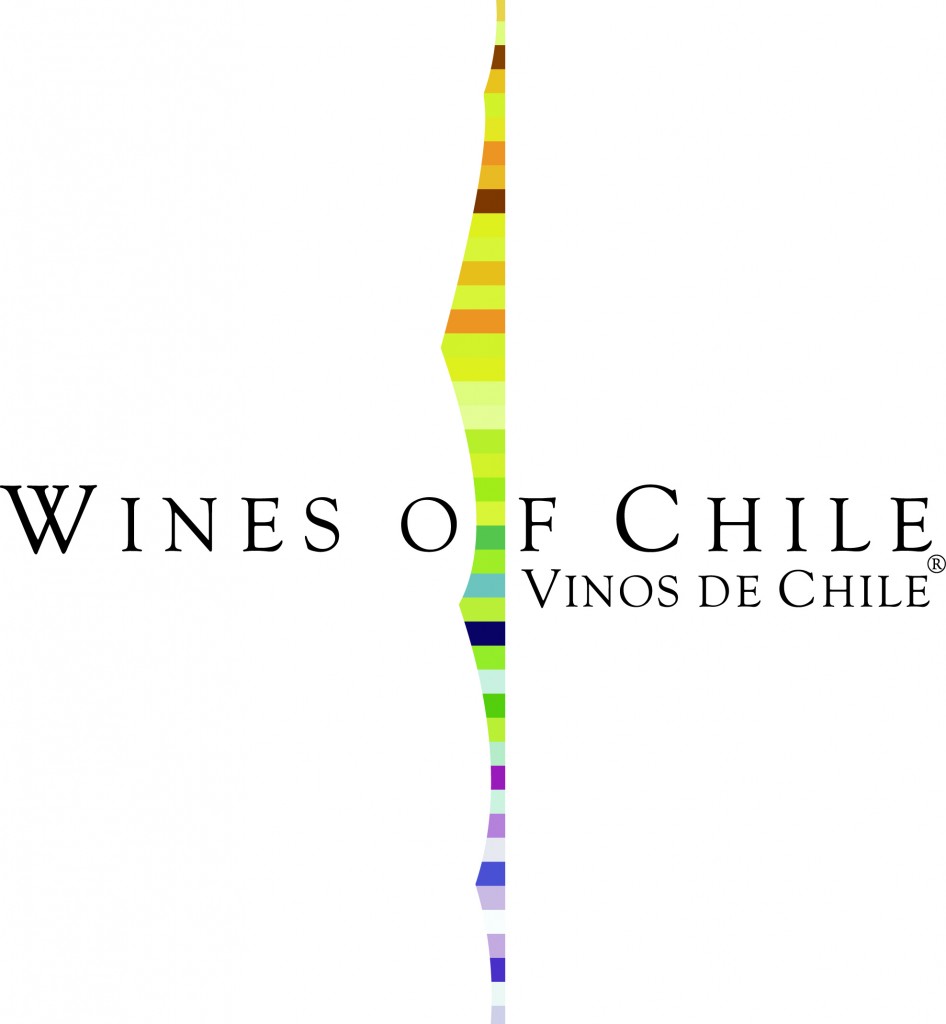
Emiliana Novas Gran Reserva Pinot Noir 2010 Casablanca Valley ($19)
Pretty strawberry and raspberry aromas with a puff of smoke and a little bit of barnyard as it opens up. On the palate, the fruit leans to cherry with a light earthy note. A nicely balanced wine. (ORGANIC)
— — —
Cono Sur ’20 Barrels’ Pinot Noir 2009 Casablanca Valley ($32)
Seductive tobacco notes dominate the nose of this wine, with bright red fruit playing second fiddle. On the palate, the smooth, luscious texture and sweet fruit makes this a sexy Pinot, for sure.
— — —
Morandé Gran Reserva Pinot Noir 2009 Casablanca Valley ($18)
A complex and rich nose, with the red fruit accented by tobacco (not quite as much as the Cono Sur) and a bit of earthy funk. Lovely cool red fruit flavors with bright acidity and a clear cinnamon red-hot note.
— — —
All three of these wines are from Casablanca Valley, one of the coolest wine regions in Chile. Despite the cool temps, the fruit gets very ripe due to the abundance of sunshine. So these are definitely New World pinots. All three are enjoyable to drink and worth checking out if you like the style. I’d probably choose the Cono Sur for drinking on it’s own and the Novas or Morandé for dinner.
Salud!
My Thanksgiving Wine
Here’s what I drank at Thanksgiving dinner this year: Bruno Rocca Dolcetto d’Alba 2011 Trifolé. I thought it worked well overall. The cranberry sauce helped pull the wine and the mostly white meat and carb-y plate together.
None of my guests were drinking wine with me, so I didn’t open anything else. Waiting in reserve were bottles of Kung Fu Girl Riesling, some Champagne and Bonny Doon Vineyard’s Querry pear/apple/quince cider. I’ll have to save those bottles for leftovers.
What did you drink with your turkey this year?
Laya 2010
I tasted an interesting little wine recently, the Bodegas Atalaya Laya 2010 from Spain’s D.O. Almansa, a blend of 70% Garnacha Tintorera (which is Alicante Bouschet) and 30% our good friend Monastrell. I didn’t record any tasting notes, but I quite enjoyed it and thought it had a lot going for it at around $10. Wine Enthusiast names this a Best Buy in this Stars of Southern Spain article. (They mistakenly – I think – list it as mostly Garnacha rather than Garnacha Tintorera. It is confusing because the label says Tintorera, but the website says Garnacha. I choose to trust the label.) Also, check out this post on the wine at the Excellent Everyday Wines blog.
While it’s only 30% Mouvèdre/Monastrell, let’s make it today’s Mourvèdre Monday recommendation.

Image is of 2011, but looks the same as 2010. (source)
VINEgeek VINstagram: Jaboulet Still Life
Jaboulet 2006 Crozes-Hermitage “Nouvelère” #stilllife #vinegeekapproved #vinegeek 
on Instagram: http://instagr.am/p/R6Zt3HM5-n/
Wines of Chile Terroir Master Class – Part 1: Sauvignon Blanc
Recently, I participated in the Wines of Chile blogger tasting Terroir Master Class. Fred Dexheimer led the tasting from Chile while sitting with and chatting up the winemakers. We bloggers followed along via video, twitter and a chat tool. It was great fun.
There were 3 wines in each of 4 flights: Sauvignon Blanc, Pinot Noir, Carmenere and Cabernet Sauvignon. I’ll focus on each flight in a separate post, starting today with Sauvignon Blanc.

Wine #1
Viña Casablanca ‘Nimbus’ Single Vineyard
Grapes: 100% Sauvignon Blanc
Appellation: Casablanca Valley
Vintage: 2012
Price: $13
Nose full of gravel and citrus. High acid, green apple palate with some floral/herbal notes ending with a long, flinty finish. New World sap, but the overall impression manages to feel elegant. This wine drank nicely for almost a week after being opened.
 Wine #2
Wine #2
San Pedro ‘1865’ Single Vineyard
Grapes: 100% Sauvignon Blanc
Appellation: Leyda Valley
Vintage: 2011
Price: $19
The funk has arrived! Pungent, vegetal nose – like grapefruit squeezed over grilled asparagus. Distinctive, for sure, but not the most pleasant for me on this night. The palate is more appealing: full-bodied, rounded and almost creamy, but retaining Sauvignon Blanc’s crispness. The flavors are melony and spicy. Reactions from the live-chatting bloggers varied from wow to whoa. This one grew on me.
 Wine #3
Wine #3
Casa Silva ‘Cool Coast’
Grapes: 100% Sauvignon Blanc
Appellation: Colchagua Valley
Vintage: 2011
Price: $25
Pineapple & lime on the nose with a chalky character. Racy and full on the palate, continuing the bright pineapple theme, complimented by a rocky minerality and long finish. This is more one-note than the others (it’s like a pineapple lightsaber), but it’s a great note.
Overall verdict:
A fun flight. Shows the wide range of styles of Sauvignon Blanc that can come from the varied Chilean terroirs. The winner for me was the Nimbus (and the best value at $13), but overall I continue to be impressed with what Chile is doing with this variety.
Stay tuned for the next three flights. And in the meantime, if you haven’t tried a Chilean Sauvignon Blanc in a while, give one a try and let me know what you think.
Even The Humblest Peasants
Asimov Tastes Monastrells
A must-read for #TeamMourvedre / #TeamMonastrell geeks, like myself.* (It’s from last week, but I decided to wait to post it until today for a little Mourvèdre Monday action.
 As a result my expectations were not high, so I was pleasantly surprised by how many of these wines I liked. Naturally, we found a few in the thick-and-jammy style, but they were far and away the exceptions. Many more of the wines seemed to possess an earthy, distinctly Spanish point of view. That is to say, they were full of dark flavors reminiscent, perhaps, of plums and licorice, but without the brooding, sometimes savage character of Bandol.
As a result my expectations were not high, so I was pleasantly surprised by how many of these wines I liked. Naturally, we found a few in the thick-and-jammy style, but they were far and away the exceptions. Many more of the wines seemed to possess an earthy, distinctly Spanish point of view. That is to say, they were full of dark flavors reminiscent, perhaps, of plums and licorice, but without the brooding, sometimes savage character of Bandol.
*Watch out for the NYTimes paywall. I’ve been reading so much of Nate Silver’s FiveThirtyEight blog this election season that I’d reach my limit of free articles, so I had to switch computers to read the Monastrell article.
